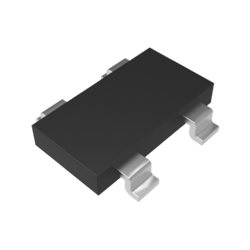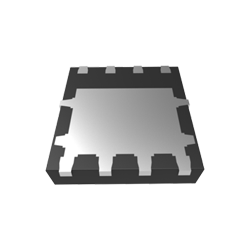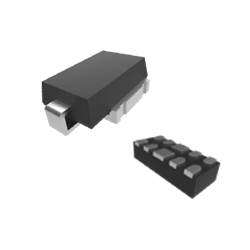/ Safety + Comfort = Optimal Driving Experience
Seat controls perform a range of functions, which can vary based on the vehicle’s design. Basic functions you’ll find on most vehicles include:
- Moving the driver and passenger seats forward and backward
- Adjusting the angle of the seats for better visibility
- Repositioning the headrest and back of the seat
- Providing in-seat heating and cooling for maximum comfort
A brushless DC (BLDC) motor with a high torque-to-weight ratio powers the motor driver to help execute the necessary seat actions while reducing overall vehicle weight.
/ Application Considerations
While the seat control may seem simple, it’s essential for safety and comfort. Engineers should weigh the following factors when specifying parts:
- Compact design - limited space under the seats for controller components means compact packages are ideal
- Low on-resistance - needed to enhance efficiency and reduce heat dissipation and energy loss
- High-temperature capability - components should be able to withstand high-temperature scenarios common in Auto applications
- High current capability - Auto components experience high and fluctuation currents, so they should be designed to withstand high currents and harsh conditions
- ESD/EMI protection - diodes should be in place to avoid damage from electrostatic discharge or electromagnetic interference
- Overvoltage protection - sensitive components such as the CAN/LIN bus must be safeguarded from transients and surges
- Efficiency - maximizing efficiency and minimizing the drain on the vehicle’s battery for various Auto applications is essential
- Applicable industry standards - all parts must meet stringent automotive standards, including AEC-Q101 qualification
/ Optimize Seat Control Design from Every Angle
/ Block Diagram
/Recommended Products
Get a Competitive Edge on Your Next Project
No matter the application or industry, MCC has the components and service you need to get to market faster and reduce overall costs.
EXPLORE AUTO APPLICATIONS



